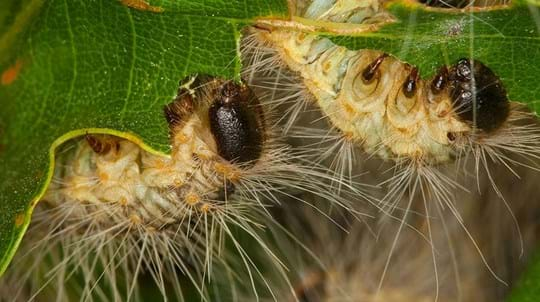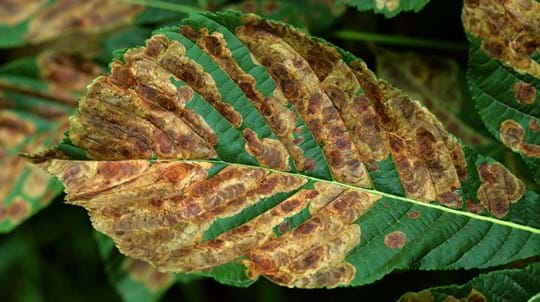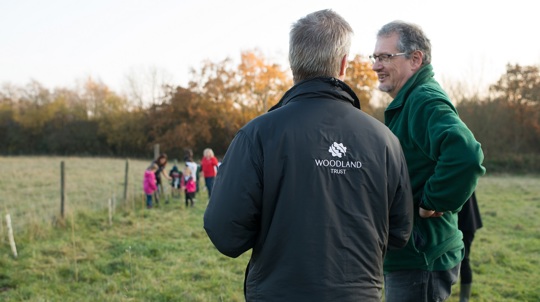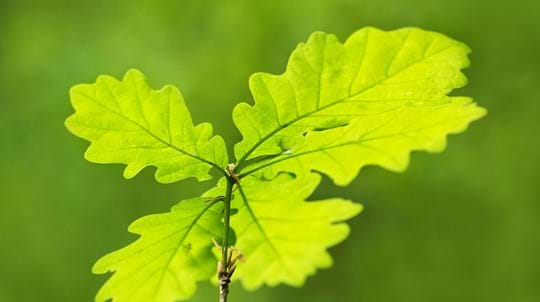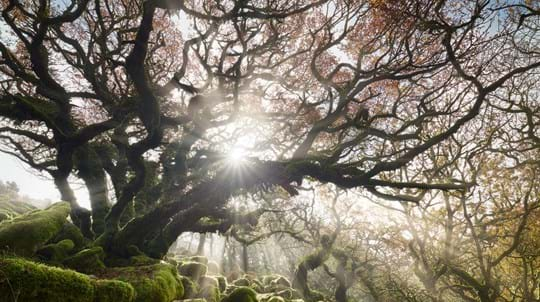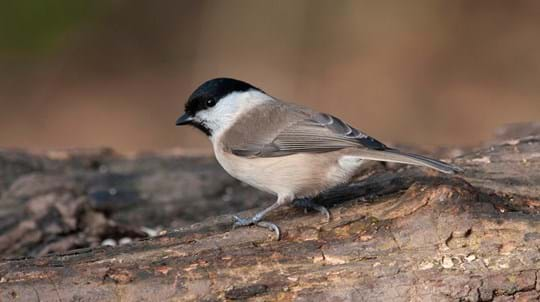
Credit: Blickwinkel / Alamy Stock Photo
Oak processionary moth
Oak processionary moth started causing issues on oak trees in northern Europe in the early 2000s. Despite this, the UK continued to import oak. As a result, oak processionary moth has been inadvertently imported many times since 2007, including the discovery of a nest at the Chelsea Flower Show in 2016. It is now widespread throughout London.



